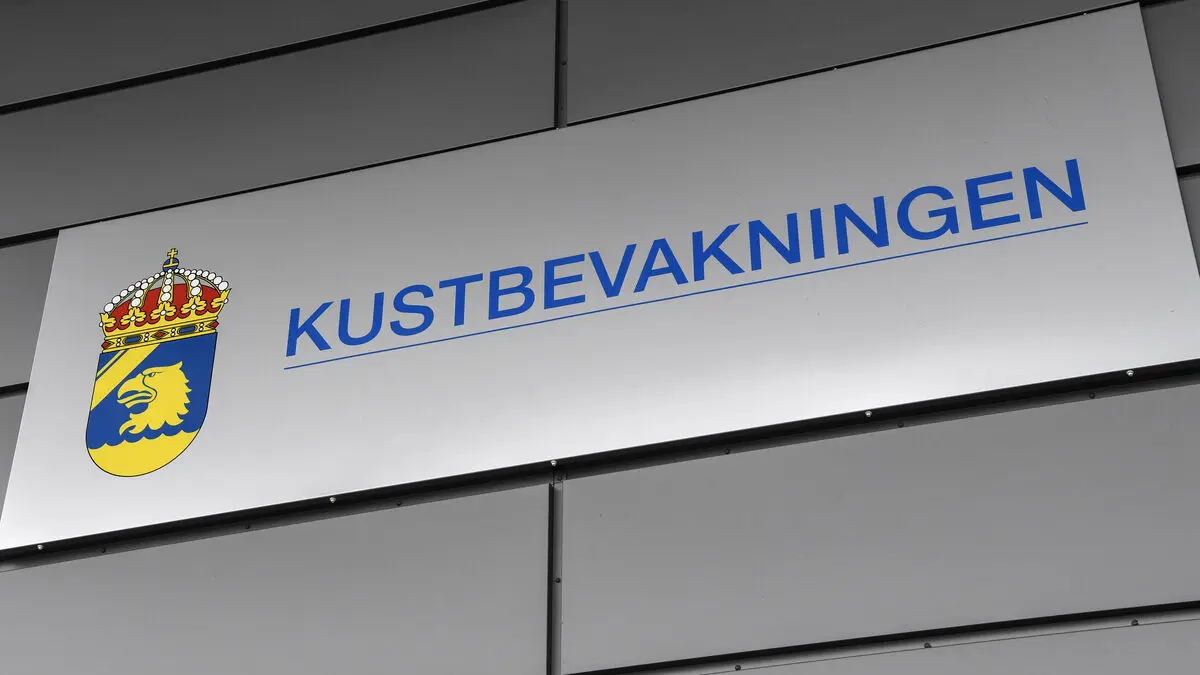The Government and the Sweden Democrats are presenting a legislative proposal on how the state will participate in sharing the risk for new nuclear power, equivalent to four large-scale reactors.
This will be done, among other things, through state loans worth multiple billions.
Nuclear power is not extremely expensive to operate, but it costs a lot to build. There are large investment costs and it's uncertain whether any company can borrow that much money, says Financial Markets Minister Niklas Wykman (M).
The proposal is based on an investigative proposal in three parts: favorable state loans, a guaranteed price for companies for 40 years, and a risk- and profit-sharing model.
Today's announcement means that Sweden is taking a decisive step to continue being a strong nuclear power nation, says Energy and Enterprise Minister Ebba Busch (KD).
Exact figures later
The cost of four new reactors was estimated in the investigation to at least 400 billion kronor, with the state providing loans of 300 billion to companies. The investigator took into account that the cost of building nuclear power plants often escalates and recommended a loan ceiling of double that – 600 billion.
But the Government is not providing any information on how much the loan will amount to. That will come later, in connection with the budget proposal in the autumn.
Other figures and levels are also missing from the legislative proposal, which instead outlines the framework for the model. The figures will be negotiated in agreements with the companies that want to build the reactors.
Therefore, it is not possible to say what the total cost will be today.
50-kronor bills
To finance the price guarantee, the investigation proposed a tax on all electricity customers.
The Government's calculation example means an additional 50 kronor per month for a villa, 150 kronor for a restaurant, and 500 kronor for agriculture or small industry.
I think many can imagine paying a few tens of kronor more per month for a price guarantee to ensure we have more guaranteed electricity in the system, says Ebba Busch.
The Government promises that households and companies will face lower and more stable electricity prices with new nuclear power plants in place.
Heavy criticism
But the criticism of the Government's plans has been heavy. Some worry that taxpayers will bear the risk and that the calculations are overly optimistic.
This is a limited, well-balanced, and responsible support for the first new reactors to be built, says Wykman.
For us, it is crucial to protect taxpayers' money and public finances.
When the nuclear power plants start generating revenue, the idea is that the loans will be repaid.
The most important proposals in the investigation, which the Government is moving forward with, although without most of the figures:
The program covers four to five large-scale reactors, which together can produce 4,000-6,000 megawatts.
The cost is estimated at 400 billion kronor in today's prices – the state will provide 300 billion in loan capital and the owners for 100 billion in equity capital.
A price guarantee agreement guarantees nuclear power companies at least 80 öre/kWh in payment from the state for 40 years.
A risk- and profit-sharing mechanism that is activated as needed.





